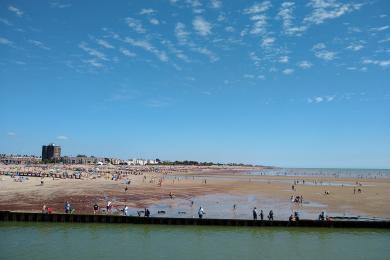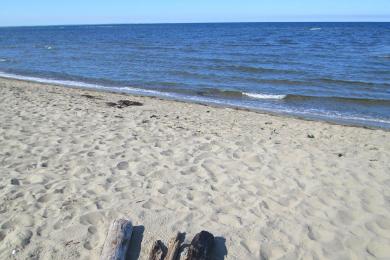Overview
The school shark – commonly known as the smooth-hound shark – has a slender, fusiform body with a pointed snout and two dorsal fins of similar size. Their coloration is typically gray to brown on the dorsal side and white on the ventral side. They are distinguished from other similar species by their lack of a prominent ridge on the snout, their relatively small eyes, and their smooth skin without any prominent dermal denticles.
Commonly found in:
- Portugal
- Spain
- France
- Italy
- Greece
- Turkey
- Morocco
- Algeria
- Tunisia
- Egypt
- South Africa
- Australia
- New Zealand
- Japan
- United States
Over the past 27 years, there have been 2 recorded attacks by school sharks. Of these attacks, they have occurred at sea and at the following beaches:
Size and Weight
- Size: Males average between 4.3-4.9 feet when mature; females average between 4.6-5.5 feet when mature
- Weight: Males typically weigh 17-22 pounds; females typically weigh 22-28 pounds
- Swimming speed: Average cruising speed of 2-3 mph
Interaction with Humans
- Interaction with Humans: Generally not aggressive, rarely encounters humans
- Avoidance: Stay out of coastal waters during dusk, night, and dawn
- Activity: Most active at night and during twilight hours
Lifespan and Diet
- Lifespan: Males live up to 25 years; females live up to 40 years
- Diet: Primarily small bony fish, squid, and octopuses; hunts by actively swimming and pursuing prey
Migratory Patterns
School sharks exhibit seasonal migratory patterns. They typically start their journey in southern Australian waters, including Tasmania and Victoria, during the warmer months. As winter approaches, they migrate northward along the east and west coasts of Australia, reaching as far as Queensland and Western Australia. Some individuals have been known to travel across the Tasman Sea to New Zealand. In spring and summer, they return to their southern feeding and breeding grounds.



